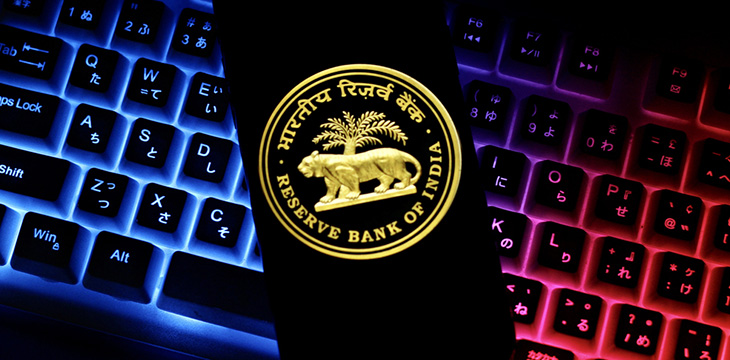|
Getting your Trinity Audio player ready...
|
The Reserve Bank of India (RBI) believes that technology-induced systemic risk has become one of the key areas of concern for the financial sector and requires close attention.
“It may indeed be one of the only few truly global risks that threaten the entire financial system across the world, as digital and online technology blur the boundaries between nations, industries and make the world into one entity,” Shri Swaminathan J, deputy governor of RBI said in his speech at an event.
“This growing web of interdependencies means that a disruption in one area can rapidly propagate through the system, affecting numerous entities and jurisdictions simultaneously. Therefore, understanding the full scope of these interconnections has become essential for managing systemic risk,” Swaminathan J pointed out.
“As the intensity and frequency of such events—such as cyberattacks or critical vendor disruptions—continue to rise, the importance of forward-looking risk management, adequate policy intervention and backup plans cannot be overstated,” he added.
Swaminathan J was speaking at the International Conference of the International Association of Deposit Insurers – Asia Pacific Regional Committee (IADI-APRC), hosted by the Deposit Insurance Credit Guarantee Corporation (DICGC). The primary function of deposit insurance is to stabilize the financial system in case of bank failures by assuring depositors they will have immediate access to their insured funds even if their bank fails. Deposit insurers, as vital pillars of the financial safety-net system, play a crucial role in bolstering public confidence in the banking sector and fostering overall financial stability.
With the growing adoption of emerging technologies, a significant portion of banking transactions and services are conducted through digital channels in India. The expansion and widespread adoption of digital payment systems has enabled rapid, low-cost transactions and easy withdrawals using online banking and mobile apps. However, this shift increases the risk to operational stability and resilience, necessitating ongoing investments in information technology (IT) systems and technology to manage peak loads effectively.
“Additionally, the 24/7 availability of online and mobile banking can heighten vulnerabilities, potentially accelerating bank runs and liquidity crises during periods of stress, as customers may withdraw funds even outside of traditional banking hours and without having to visit a bank branch,” Swaminathan J said.
Moreover, this behavior is amplified with the emergence of digital sources of influence, such as social media platforms, which have proved their ability to drive and disseminate financial information—adverse or otherwise—and trigger coordinated financial behavior.
According to the Deputy Governor, these developments underscore the need for financial institutions to reassess and update their crisis preparedness to ensure they are equipped to address and mitigate the fast-evolving risks introduced by technological advancements.
Regulatory gaps
“With the rapid pace of innovation, it is often observed that regulatory gaps, if any, can be exploited, either intentionally or unintentionally, by entities that may not be subject to the same stringent standards as regulated financial institutions. This situation creates an uneven playing field and increases systemic risk, as failures or misconduct in these unregulated areas can have far-reaching consequences across the financial system,” Swaminathan J pointed out.
The rise of fintech companies and the entry of entities outside the traditional regulatory and supervisory framework have introduced new dimensions of risk to the financial sector. While Swaminathan J acknowledged that fintech innovations have greatly enhanced financial inclusion, efficiency, and customer experience, he warned that they also present data security, consumer protection, and regulatory compliance challenges.
To mitigate these risks, Swaminathan J said that regulators must adopt a more agile and forward-looking approach, developing regulatory sandboxes, fostering collaboration with fintech innovators, and ensuring that new entrants are integrated into the regulatory framework in a manner that preserves the stability and integrity of the financial system.
“As the financial sector becomes more digitized, deposit insurers must work closely with regulators and supervisors to strengthen oversight mechanisms. This includes regularly updating regulatory frameworks to incorporate emerging risks associated with digital payments, cybersecurity, and fintech innovations. By adopting a proactive stance, deposit insurers can help ensure that financial institutions under their purview are adequately prepared to manage these risks, thereby safeguarding depositor confidence,” Swaminathan J added.
Watch: ‘Disruptive’ blockchain can be useful for India

 01-11-2026
01-11-2026 




